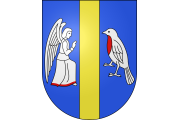Touch
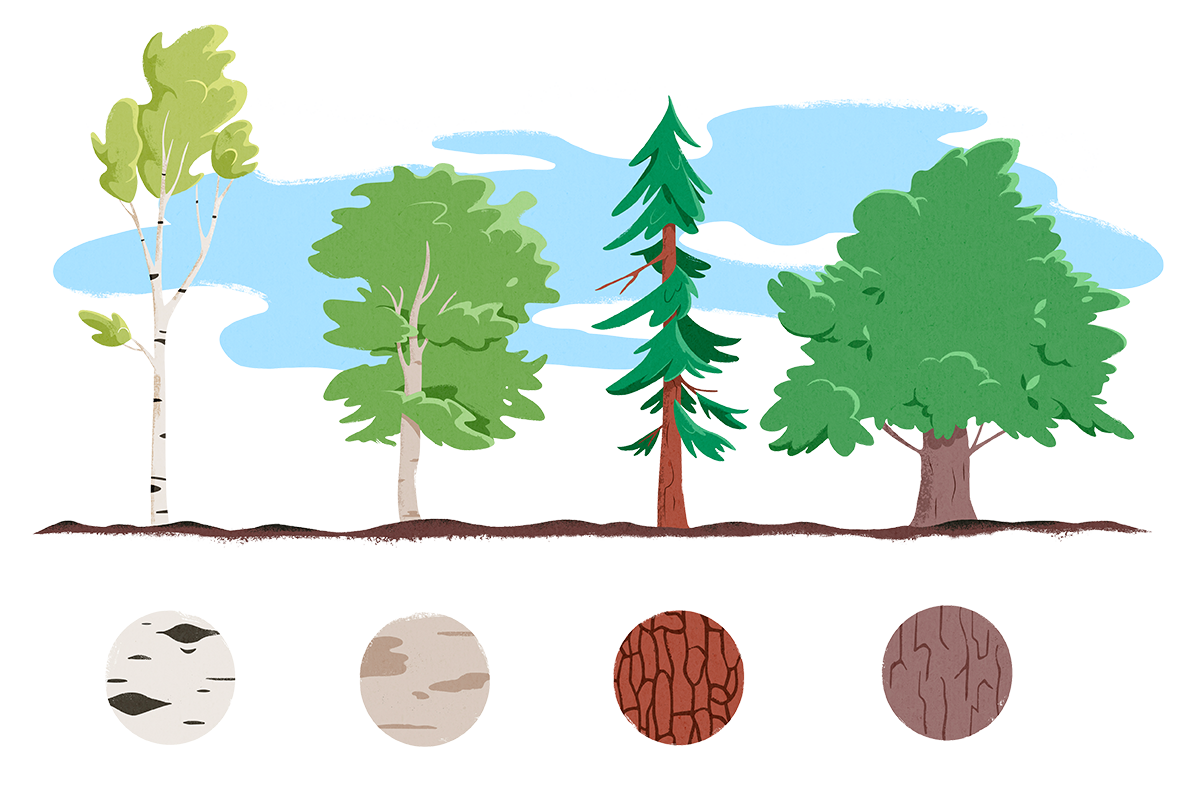
You try too
Look for a tree that doesn’t have thorns or anything dangerous sticking out and try to hug it. This is one of the basic practices of Silvotherapy. Some theories maintain that prolonged contact with a tree can produce real psycho-physical benefits. Fact or supposition? Who knows! In any case, it is a good exercise to train your sense of touch, perhaps you will be able to recognise a tree with your eyes closed just by touching its bark.
In the meantime, you can train yourself to recognise trees by their bark using your eyesight – click here and discover the differences.
#conoscoilbosco
Educational trail – Neggio Municipality
Did you know that…
The inner part of larch bark was used by some Alpine populations to make a flour for baking bread?
And that birch bark was used by some populations to make waterproof containers?
Bark is the protective surface of a tree and is also the part we can touch, which we come into contact with when we brush against a trunk or hold a branch. Bark can tell us a lot. For example it can indicate which plant species we are dealing with.
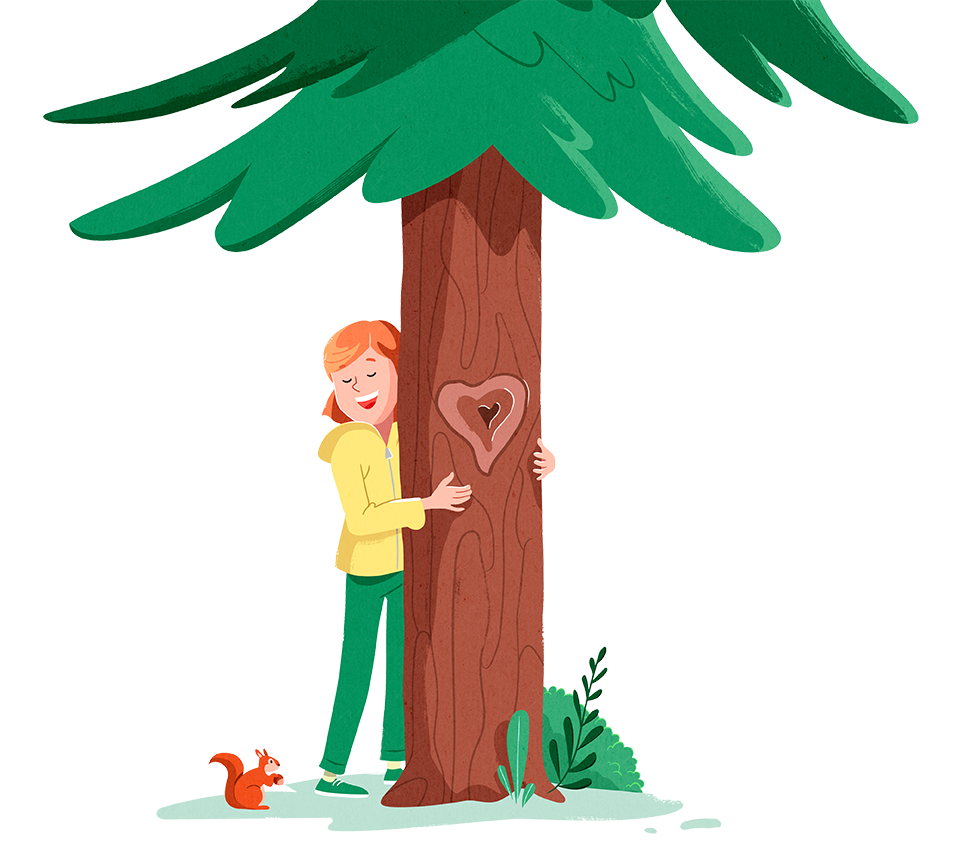
There are trees with a smooth surface, some have a rough surface, and others have a deeply grooved surface. How do you tell them apart?
How many do you know?
To which tree do they belong?
If you have read the panel carefully you will have all the information to answer the questions correctly.
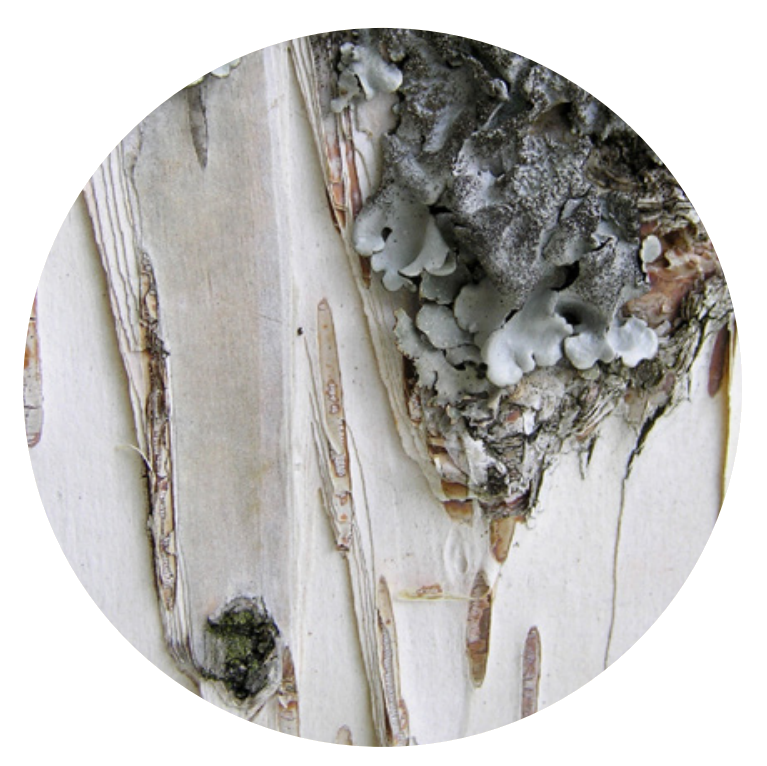
A) Beech
B) Oak
C) Birch
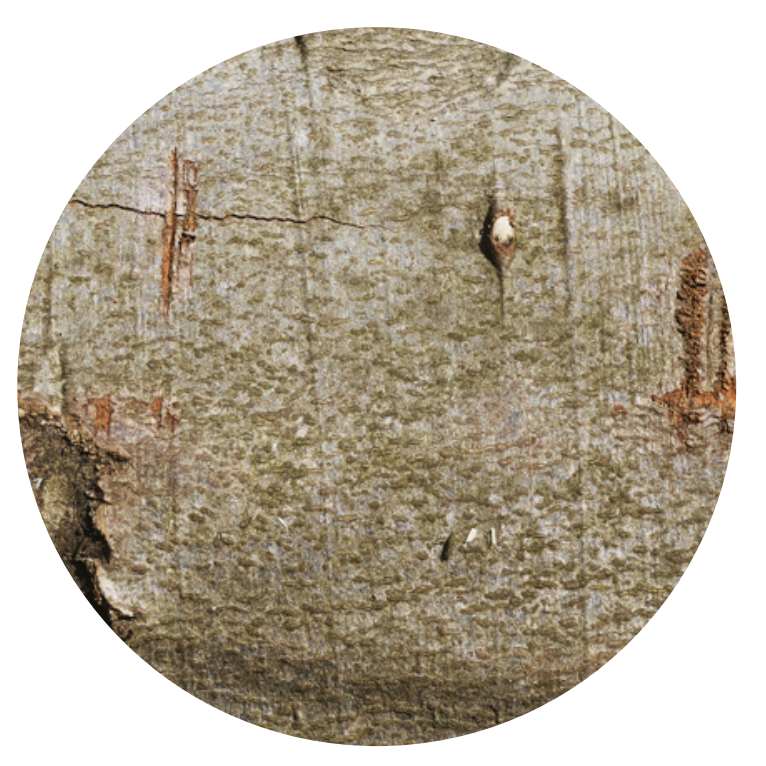
A) Birch
B) Spruce
C) Beech
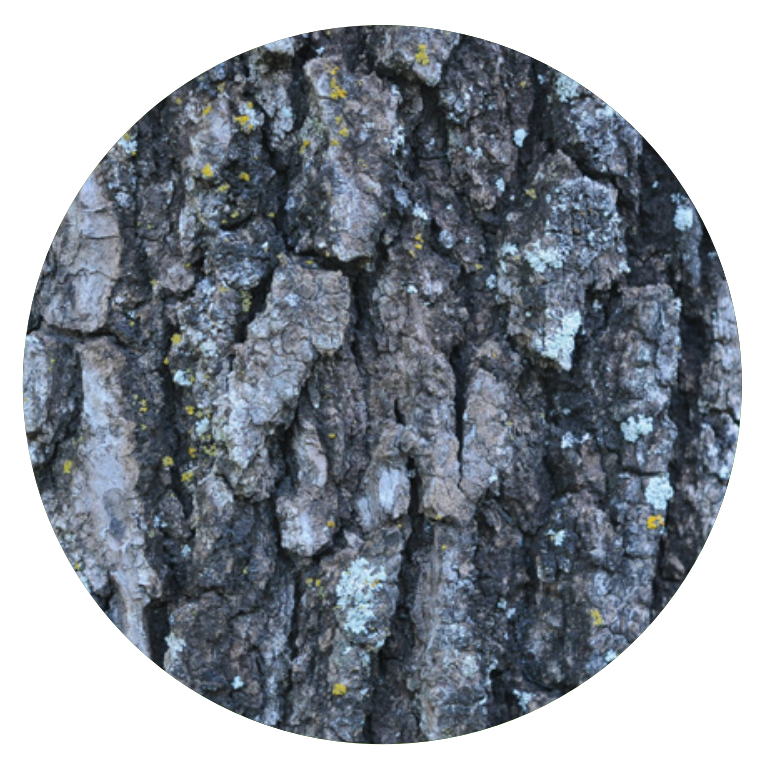
A) Beech
B) Birch
C) Oak
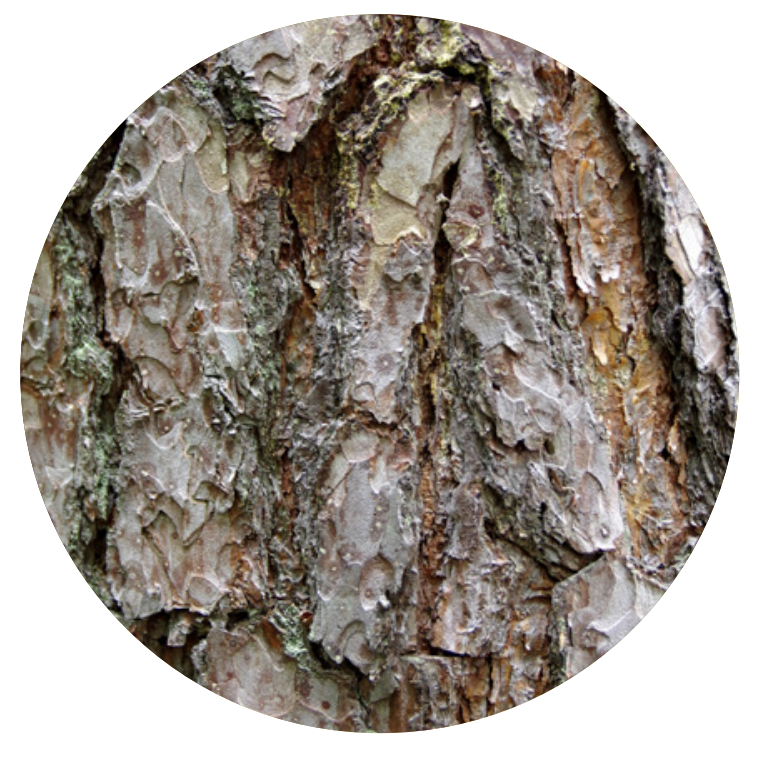
A) Red spruce
B) Birch
C) Oak
